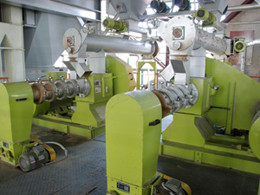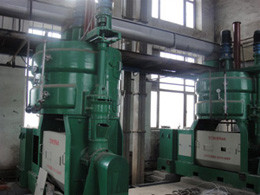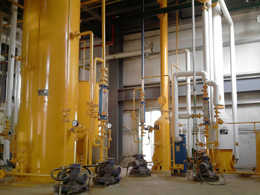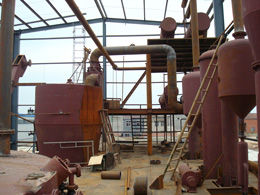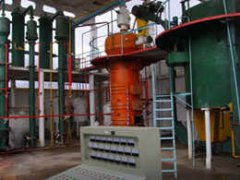manufacturing process of edible oil
Edible oil comes from various parts of plants, in most cases from what are commonly called seeds (including sunflower, palm kernel, safflower, cotton, sesame, and grapeseed oils) or nuts (including peanut, soybean, almond, and walnut oils).
Manufacturing Process of Edile Oil
The manufacturing process of edible oil usually including the following steps:
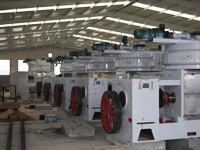
1. Seed Preparation
In the entire manufacturing process of edible oil, the first thing you should do is to well prepared the raw materials. The raw materials sually plant seeds should be dehulled, deskinned, or otherwise stripped of all extraneous material. In the case of cotton, the ginned seeds must be stripped of their lint as well as dehulled. In the case of corn, the kernel must undergo milling to separate the germ.
The stripped seeds or nuts are then ground into coarse meal to provide more surface area to be pressed.The meal is then heated to facilitate the extraction of the oil. While the procedure allows more oil to be pressed out, more impurities are also pressed out with the oil, and these must be removed before the oil can be deemed edible.
The heated meal is then fed continuously into a oil screw press, which increases the pressure progressively as the meal passes through a slotted barrel. Pressure generally increases from 68,950 to 20,6850 kilopascals as the oil is squeezed out from the slots in the barrel, where it can be recovered.
3. Extract Additional Oil With Solvents
Soybeans are usually not pressed at all before solvent extraction, because they have relatively little oil, but most oil seeds with more oil are pressed and solvent-treated. After the initial oil has been recovered from the screw press, the oil cake remaining in the press is processed by solvent extraction to attain the maximum yield.
4. Remove Solvent Traces
In the manufacturing process of edible oil. ninety percent of the solvent remaining in the extracted oil simply evaporates, and, as it does, it is collected for reuse. The rest is retrieved with the use of a stripping column. The oil is boiled by steam, and the lighter hexane floats upward. As it condenses, it, too, is collected.
5. Edible Oil Refining
Oil refining is another imoportant process in the manufacturing process of edible oil. The oil is refined to remove color, odor, and bitterness. Oils are also degummed at this time by treating them with water heated to between 188 and 206 degrees Fahrenheit (85 and 95 degrees Celsius), steam, or water with acid. The gums, most of which are phosphatides, precipitate out, and the dregs are removed by centrifuge. Finally, the oil is deodorized. In this process, steam is passed over hot oil in a vacuum at between 440 and 485 degrees Fahrenheit (225 and 250 degrees Celsius), thus allowing the volatile taste and odor components to distill from the oil.
If you are interested in the manufacturing process of edible oil, It is important to contact us today and you will never regret doing so.
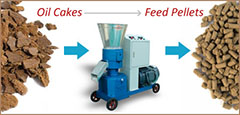



Want to set up a mini mustard oil mill of your own ? With the rapid ...
Mustards are part of the oilseed family and are regarded both as a s...
Interested in begin a small size corn oil extraction plant but dont ...
Do you want to make the edible rice bran oil at from using your mill...

